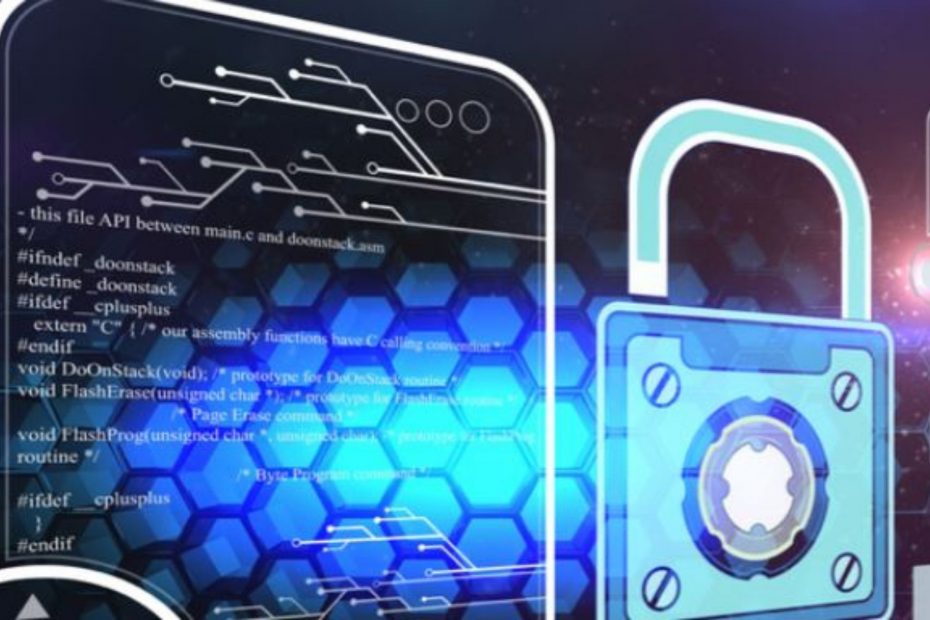When I first came online back in the early 90s, I found that the best Internet security advice was also the simplest. Getting caught up in ideas that are too complex can lead to confusion, and confusion can lead to you not bothering to take any Internet security advice at all.
In this article you will find 8 pieces of the best Internet security advice that I came across decades ago, with some key updates from the last few years. You may not turn into a hacker tomorrow, but you will surely improve your online security, and better protect your data.
Simple Internet security practices that anyone can follow
Always update your software and apps
Either turning on automatic updates, or closely monitoring when updates are needed, can help you plug up Internet security holes quickly. Most of the bigger companies will have updates for you the moment a vulnerability is discovered. You’ve already paid for the updates when you paid for the app or software, keep them up to date and take advantage of this free security.
Password changes every 6 months at least
Hacks have been a big topic online lately, and many of them take place due to poor password rotation. Often, hackers get hold of old information that has been trading on the dark web and put it to use. If your password has been taken from long ago, but you’ve changed it since, that stolen information is now useless.
This also applies to how hackers will steal a password from one site, usually a meaningless one, and then try it on other sites where there is value to be stolen.
Have many passwords and store them in an app
Complicated passwords are the best Internet security tools you have. But who can remember them? I know I can’t! This is where password management apps come into focus as they allow you to store many complex passwords.
There are two main kinds of password storage apps. The first, and the first type I used many years ago, stored them all in a database where you would log in and see them all like a spreadsheet. You’d copy and then paste the password you needed.
The more common type now are apps which both store and enter your passwords and login details for you once you reach a login screen. These apps can be very useful when you have a lot of logging in to do through various accounts.
No matter which program you use, make sure that the software and encryption is reliable, and that your master password is very complex. I’ll often use an entire sentence that’s easy to remember, with capitals, numbers, and symbols interspersed.
If it’s not your network, don’t trust it
The danger of using untrusted networks is very high. You never know what the person who set it is doing with it, or if they’re using good encryption. This is why I’d advise that you never make any online purchases, or do online banking, when you’re away from home, or a trusted work connection.
Rogue networks that steal data, like passwords and bank information, are becoming an increasing risk in the public sphere. If you didn’t set the network up yourself, assume it’s risky and only use it for the basics.
 Secure your connections in public
Secure your connections in public
This being said, even the most mundane of piece of information can be useful when stolen. The password to your Facebook could be means to having your account turned into a zombie account sending out spam to your friends list.
A
Take extra care with your email account
How much information is sitting in your email account right now? Lots? Or is it LOOOOOTS? Taking steps to protect all of that information should be a very high priority, probably only second to keeping your online banking secure.
The first way to do this is via the step above – using a password manager. This will make it so a hacker can’t steal your password at some goofy site you visit and make comments, which isn’t important to you, and use that same password on your email.
The second way to do this is with two step authentication. This is famously available on Gmail, but other providers are also now adding it as a security feature. Turn on two step authentication on:
- Outlook
- Yahoo
- AOL
- Zoho
It’s a free service, and it keeps you protected. There are ways for a hacker to get around it, but they have to really want it to invest that type of time. What you’re doing is making life difficult for them.
Check for HTTPS and enforce it
Hardly anyone pays attention to the website address bar anymore. When I first started online you either knew the address you wanted to go to, and typed in the whole thing, or you stumbled through Yahoo! endlessly.
The next time you go to a website look to the address bar and see what it says at the beginning. If it says HTTP it is not secure. If it says HTTPS it has an extra layer of encryption, SSL or Secure Sockets Layer, and it will protect you. This is important to note when you’re entering login details, visiting your bank, or doing anything that a hacker may want to know about.
A tool that can help you make sure you always go to a website’s HTTPS version is HTTPS Everywhere. It’s a browser extension that forces websites which have both an HTTP and HTTPS version to take you to the HTTPS version. I have mine on at all times, and take the free Internet security where I can!
Feature image via Tatiana / Shutterstock
